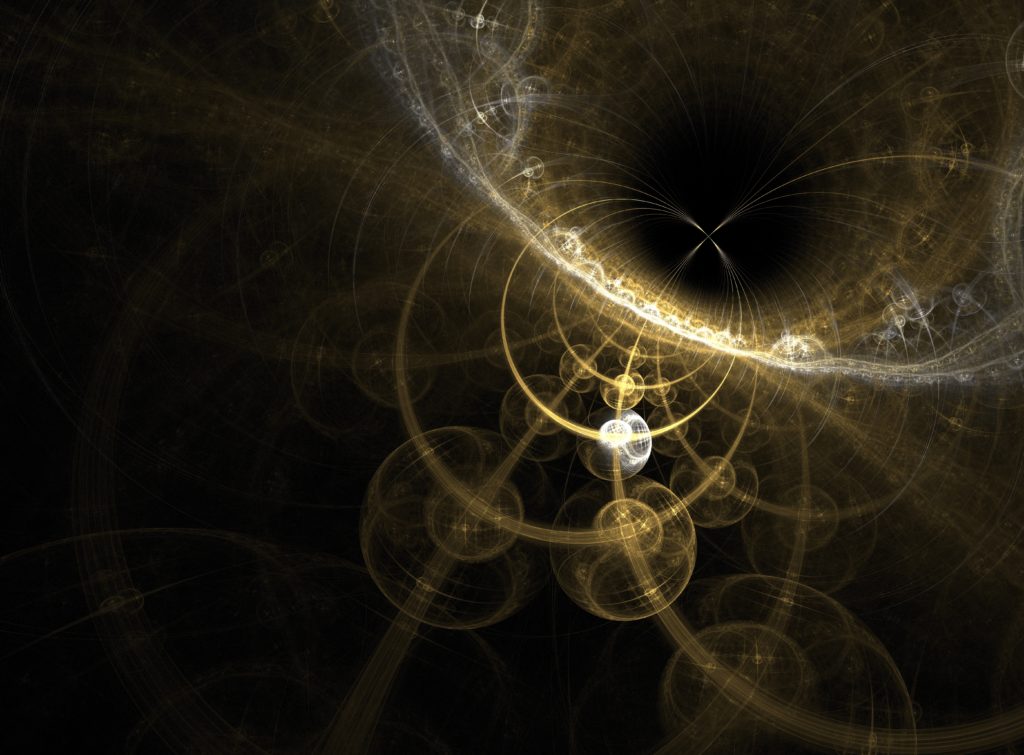
By Nicole Flannigan
Originally written for Compass Education Group
Quantum entanglement, the idea that two particles separated by distance can nevertheless “mirror” each other, is one of the most bizarre concepts to emerge from modern physics. It’s so bizarre, in fact, that Albert Einstein once derided the notion as “spooky action at a distance.” If two particles are entangled, they somehow “know” enough about each other to instantaneously share information about their states, such as their spin and polarization, despite having no obvious connection. Imagine that two friends who haven’t seen each other in years are standing in Tokyo and London, respectively. At an unplanned moment, they pick exactly the same card from a deck of cards. This is obviously a good magic trick, made all the more wondrous by the improbability of it happening by chance. However, when it comes to the real world, much more sophisticated entanglements happen regularly, and they could have stunning implications for our technological future.
Recently, scientists have performed a series of experiments that have demonstrated our increasing ability to use quantum entanglement to fuel future innovation. In 2012, researchers at the Austrian Academy of Sciences, led by Anton Zeilinger, managed to entangle two photons across the 143 kilometer span between the Canary Islands of La Palma and Tenerife, breaking the previous record of 93 kilometers. However, the results attained by Zeilinger and his team, though impressive, were minute compared to the distances ultimately needed to power next-generation technologies, like the quantum internet.
Why is entanglement over great distances so difficult to demonstrate experimentally? On Earth, the quantum state is fragile; a photon is easily knocked out of this state by our dense atmosphere. Even fiber optic cables aren’t able to transmit particles over large distances without causing harmful degradation in the process. Zeilinger’s experiment proved useful because it pointed to a new venue for quantum entanglement research: space. Most satellites and other human-made objects occupy a trajectory between 200 and 2000 kilometers above the Earth, in what scientists call Low Earth orbit. Zeilinger’s experiment, while serving as an important milestone, also suggested that, if photons could travel 143 kilometers on Earth, they could travel at least 200 kilometers in the vacuum of space.
In 2016, a group of Chinese scientists set out to demonstrate just that. The team, led by Jian-Wei Pan, a physicist at the University of Science and Technology of China in Shanghai, developed a sophisticated quantum research satellite called the Micius. In the first year after the satellite’s launch, Pan and his colleagues conducted a series of experiments that shattered the records previously established by Zeilinger and his team.
In one of the experiments, Pan and his team directed an ultraviolet laser beam onboard the Micius though a light-altering crystal. The crystal split the beam into pairs of photons that were entangled so that they would have opposite polarization states when later measured by scientists. The entangled particles were then beamed down to two research stations, in Delingha and Lijiang, at a rate of 5.9 million entangled pairs per second. Because the stations were located high in the mountains of Tibet, the photons encountered less atmospheric resistance on their journey and were able to more readily remain in their quantum state. The experiment was a success; the team found that the photon pairs had opposite polarizations more often than would be predicted by chance. The photons were therefore remaining entangled, even at extremely large distances (the research stations were located a full 1200 kilometers away from each other).
Pan and his team have since partnered with Zeilinger and his colleagues in Austria to expand the practical applications of quantum entanglement. While, previously, scientists were only able to beam down single pairs of entangled photons, it’s now possible to send quantum encryption keys, requiring long strings of entangled photons, across vast expanses. Using the Micius satellite as a relay, the scientists recently conducted a 75-minute, quantum-encrypted teleconference between Beijing and Vienna, with an astounding 7600 kilometers separating the participants. Communicating via quantum-encrypted channels also provides unique security benefits. If a nefarious actor attempts to eavesdrop on a conversation encoded via quantum entanglement, the particles being used for encryption would immediately fall out of their quantum state, and the participants would be alerted that someone had tried to intercept their communication.
Powerful encryption tools are essential in our connected world. The potential of this research extends far beyond hack-proof communications, however. Quantum entanglement may someday enable super-powered quantum computers, more precise clocks, and extraordinarily strong microscopes. Undoubtedly, there will also be other applications so bizarre they’re currently unfathomable. However, one thing is certain: the future will probably look a lot “spookier” than the present.